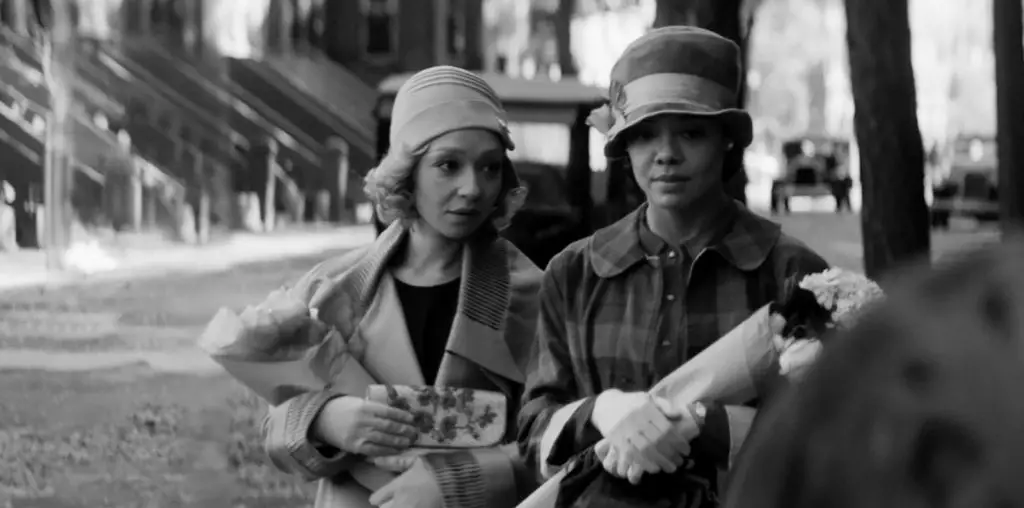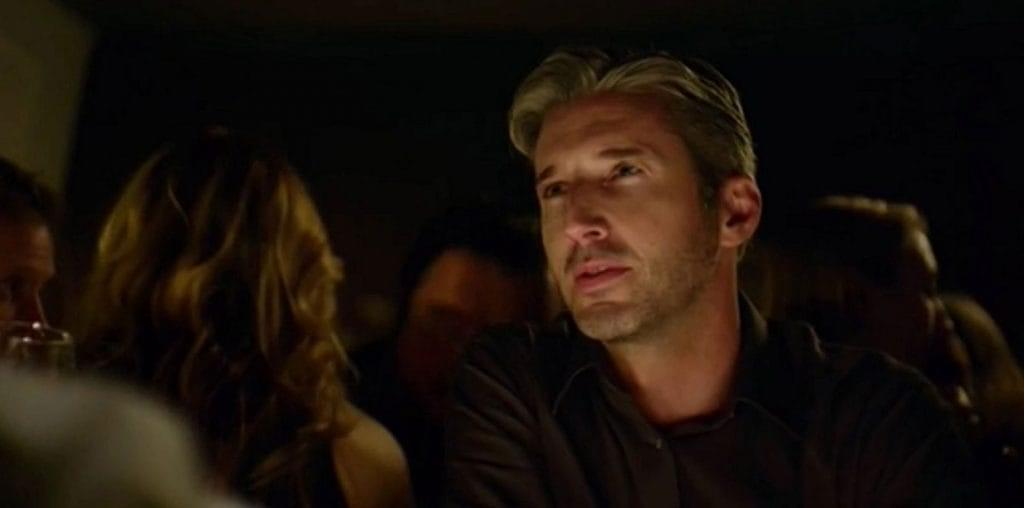
With the possible exception of Dane Cook, the one person most closely associated with Kool-Aid has been cult leader Jim Jones, who successfully coerced more than 900 of his followers to commit mass suicide on November 18. 1978 at the Jonestown compound deep within the rainforests of Guyana. Jones didn’t use the popular powdered drink (the expression “drink the Kool-Aid” is actually incorrect since another brand was actually used), but that’s actually the least of the misconceptions surrounding the founder of the ill-fated Peoples Temple.
“Jonestown: The Life and Death of Peoples Temple” seeks to shed some much-needed truth on the warped world of Jim Jones. The son of an alcoholic Indiana farmer, Jones combined religious mania with a progressive view of race relations to build a California mini-empire based on multicultural integration. His message resonated with greater strength among blacks than whites – more than 80% of his Peoples Temple congregation was African-American – yet his strength in numbers was so significant that San Francisco politicians eagerly curried his favor.
Jones might have continued to prosper in California had it not been for a 1977 expose in New West magazine, which detailed accusations of financial corruption and the physical abuse of his congregants. Jones and the bulk of his followers fled to Guyana, but were followed by muckraking Congressman Leo Ryan. The assassination of Ryan during a fact-finding mission to Jonestown ultimately sped Jones to his gruesome self-inflicted demise.
Filmmaker Stanley Nelson uses never-before-seen film and video footage, audio recordings and still photographs to piece together the mystery of Jim Jones. Surviving members of the People Temple, including Jones’ adopted African-American son, offer first-hand accounts of what transpired. It is a disturbing and provocative portrait of the doomed cult and its warped leader, shaded with rueful testimony from those who learned their lessons too late.
In many ways, Jones remains an enigma. The footage and recordings shows someone curiously lacking in charisma – with his trademark dark glasses and flare for tepid melodrama, Jones comes across as being more of a peculiar zealot than a genuinely hypnotic religious presence. If Jones was not above flim-flam actions, such as planting a phony cripple in his revival meetings for displays of religion-fueled healing, he was also not above flexing political muscle. But those who benefitted from his power, such as future San Francisco mayor Willie Brown and the members of the government of Guyana, are not interviewed in this film, so it is hard to determine just how he built and maintained his little empire.
What emerges, however, is a portrait of a man who profaned the sacred text to create a cult of hungry devotion by those seeking stability in their lives. Jones’ betrayal of those who trusted him represents the cruelest act of deception imaginable: a self-proclaimed messenger of God who sped the ruin of all that trusted in him. “Jonestown: The Life and Death of Peoples Temple” provides lethal evidence of what becomes of those who deposit their sincerity into the command of a religious lunatic.

